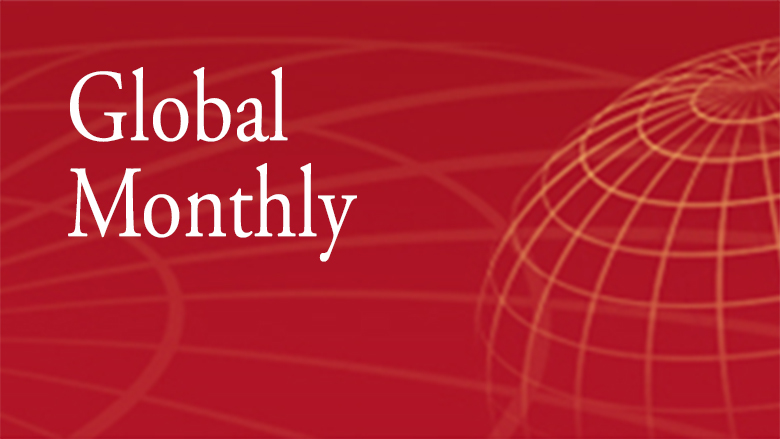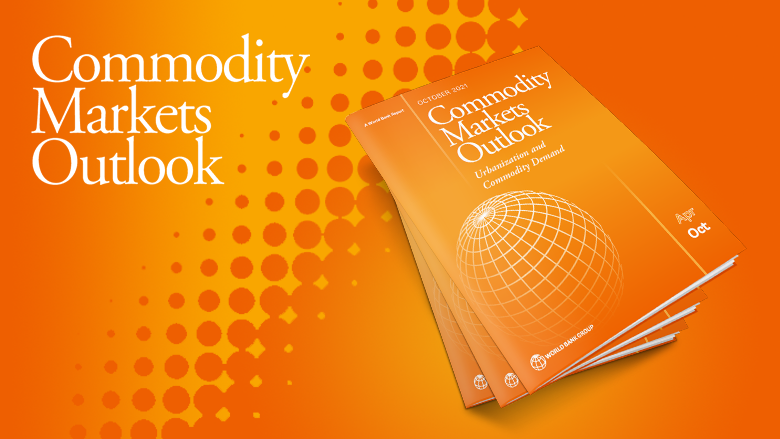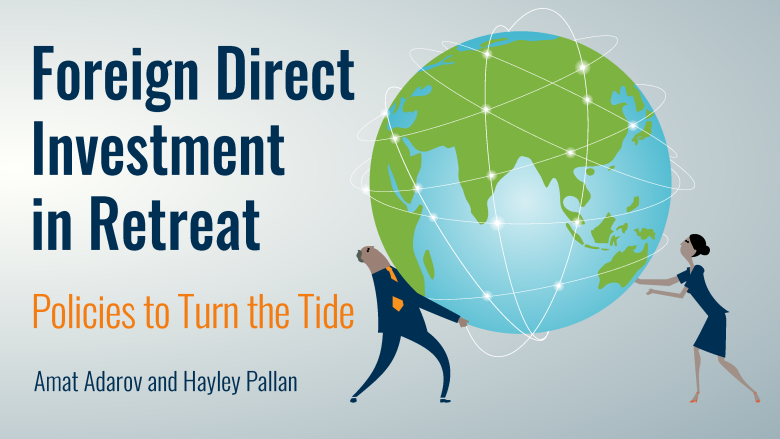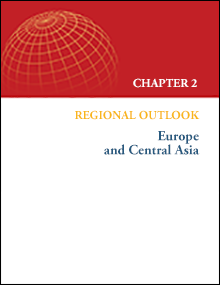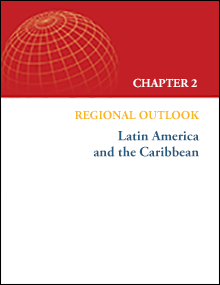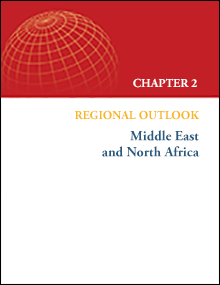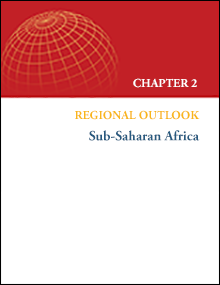Explore a comprehensive archive of hundreds of analytical pieces from the biannual Global Economic Prospects report, organized by economic subject matter. Spanning reports from 2015 to the present, this feature provides direct access to in-depth analyses on growth and business cycles, monetary and exchange rate policies, fiscal policies, and more—offering a valuable resource for researchers, policymakers, and analysts.
Global and Regional Outlooks
Two Current Issues
Selected Topics, 2015-25
| High trade costs: Causes and remedies | June 2021, Chapter 3 |
| The impact of COVID-19 on global value chains | June 2020, Box SF1 |
| Poverty impact of food price shocks and policies | Jan. 2019, Chapter 4 |
| Arm’s-Length trade: A source of post-crisis trade weakness | June 2017, SF 2 |
| The U.S. economy and the world | Jan. 2017, SF |
| Potential macroeconomic implications of the Trans-Pacific Partnership Agreement | Jan. 2016, Chapter 4 |
| Regulatory convergence in mega-regional trade agreements | Jan. 2016, Box 4.1.1 |
| China’s integration in global supply chains: Review and implications | Jan. 2015, Box 2.1 |
| Can remittances help promote consumption stability? | Jan. 2015, Chapter 4 |
| What lies behind the global trade slowdown? | Jan. 2015, Chapter 4 |
Downloads
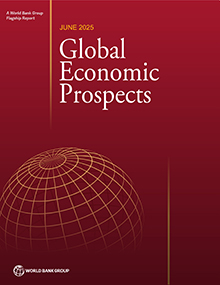
Connect With Us
Global Economic Prospects
Headquarters
1818 H Street, N.W. Washington, DC 20433 USA


